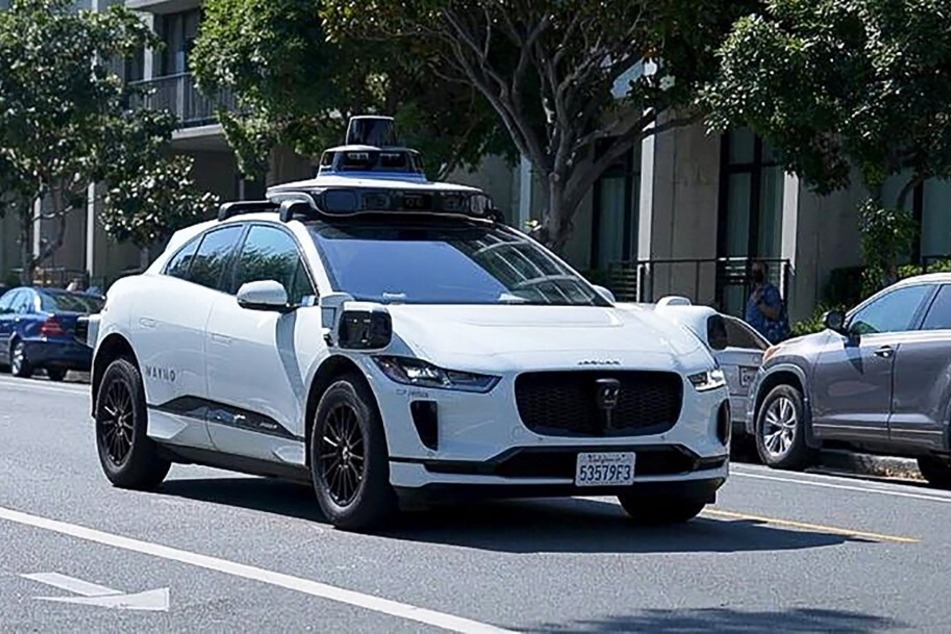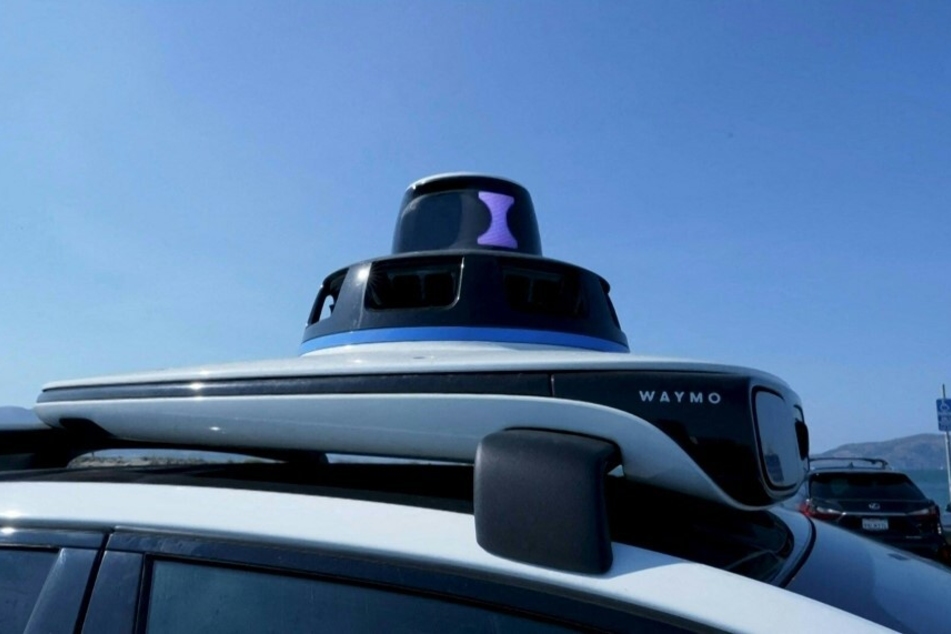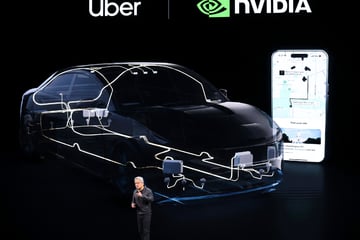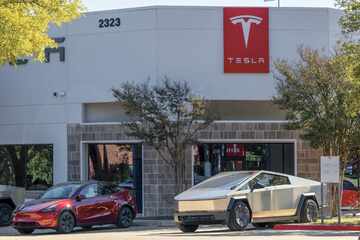From wow to new normal: Driverless cars cruise the streets of San Francisco
San Francisco, California - This California summer, passersby on the streets of San Francisco can be divided into two camps: blasé locals who are used to a parade of moving cars with no drivers or gobsmacked tourists fumbling for their smartphones to capture this long-promised vision of the future.

Katherine Allen climbs into a white Jaguar, which then pushes out carefully into the traffic in a busy neighborhood crisscrossed by jaywalkers and cyclists.
The 37-year-old lawyer has been voluntarily testing Waymo's robot cabs since the end of 2021. At first, there was always an employee of this subsidiary of Alphabet (Google's parent company) on board, there to grab the wheel if needed.
And then one night with very little warning, the car came to her unchaperoned.
"I was really nervous the first time, but not too nervous that I didn't want to take it. I was excited too," she said. "For the first two thirds of the trip, maybe 20 minutes or so, I was freaking out and then all of a sudden it just sort of felt normal, which is weird, because it wasn't normal!"
The vehicles in San Francisco are operated by Waymo and General Motors-owned Cruise. Earlier this summer, both operators received permission by a California regulator to operate 24/7 across the city except on freeways.
This made San Francisco the first major city with two fleets of driverless vehicles fully operating that the companies hope will drive their expansion elsewhere across the United States.
Driverless car users enjoy "awesome" experiences

On Tuesday evening, accompanied by AFP, Isaac, a San Francisco resident and stay-at-home dad, ordered his first ride on Cruise's app.
"Percussion," the vehicle's name, arrived quickly. But instead of taking the direct route, which would have led to a supermarket in less than five minutes, the trip followed a long, unexplained detour.
"It's odd to me that the steering wheel even turns... It's kind of ghostly," Isaac observed as the car pulled away embarking on the journey.
"I'm actually impressed. It's decent at braking. It's not all psycho about slamming on the brakes and accelerating really quickly," said Isaac.
Isaac turned his attention to a quiz on the screen before him, but he disagreed with the answer about the best burrito in San Francisco. "It's a good driver but I'm not sure it has good taste in burritos," he said.
Twenty minutes and a dozen questions later, Percussion finally arrived at its destination, but parked quite far from the store, probably because of the roadworks.
Not that Isaac was discouraged: "It was awesome. I would do it again anytime."
"It's very peaceful. There's no chatter. There's not a weird radio station playing random music," he observed.
And if it was the same price as an Uber, "I would go for the robot because I'm kind of antisocial."
Driverless cars are road rage-free

Waymo tester Katherine Allen was also sensitive to the social aspect.
"The advantage that they have over human drivers is that they're cautious, which can be really annoying to other drivers," she said.
But "there's not going to be any road rage" from a robotaxi, she added as her car inched slowly through daytime traffic.
Taking on her role as a tester, Allen gave the emergency "pull over" button a go and the vehicle veered safely to the side as intended.
Resuming the journey proved difficult. Human drivers showed no mercy for a robot wanting to get back in the driving lane.
So far, most incidents have involved vehicles stopped on the road.
But local authorities have nevertheless asked Cruise to halve its fleet in San Francisco (to 50 cars active during the day and 150 at night), while it investigates two collisions that occurred last week, including one with a fire truck.
Even in this tech-crazed city, robotaxis are a divisive issue. Environmental activists criticize them for perpetuating the reign of the private car, while associations for the disabled say they are not sufficiently adapted to their needs, and trade unions fear job losses.
But just as many see driverless cars as beneficial to these causes.
And the excitement is there: Waymo says it has more than 100,000 people on its waiting list.
Allen, who until now had enjoyed her rides for free, will have to pay in the future. Will she continue to use Waymo or go with a human driven Uber?
"It will depend on price and time... autonomous cars are almost always slower," she said.
Cover photo: AFP

